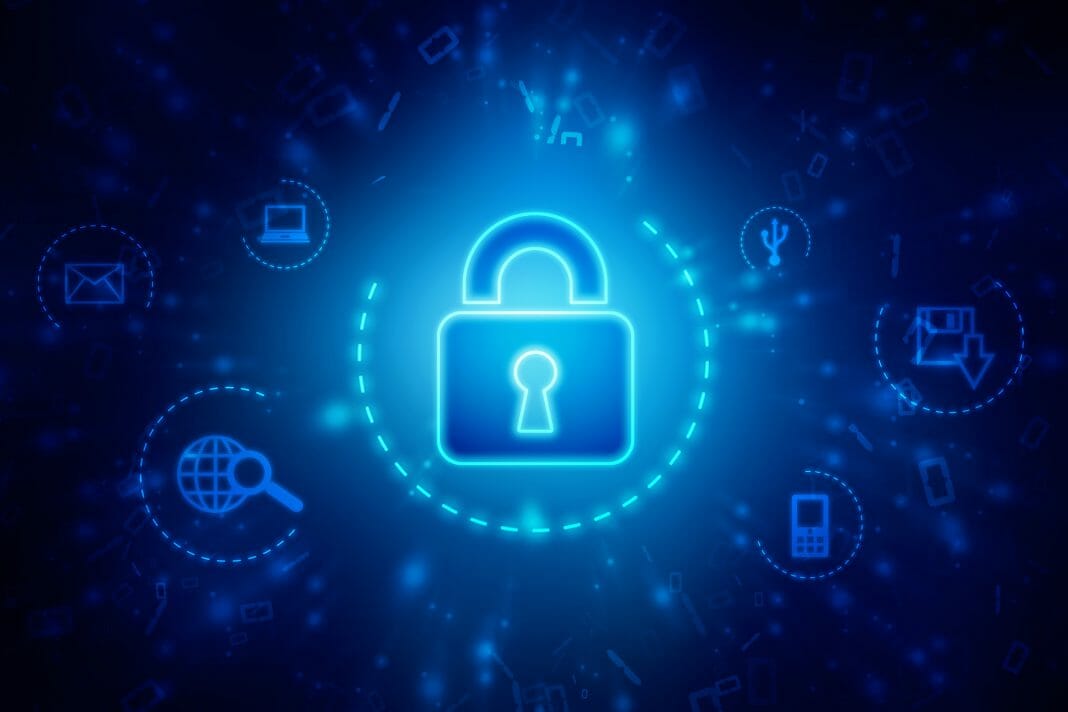Frumkin considers that the current computing power is more than needed to secure the network. The Bitcoin hash rate is around 210 EH/s, thanks to the upward trend shown since the beginning of the year.
Since early 2022, the Bitcoin (BTC) hash rate has grown considerably, until reaching its goal and even having large surpluses. That is positive for the network but does not determine its security since other factors are more important. It is necessary to take the quality of computing power into account to guarantee that crucial element.
Daniel Frumkin, the chief content officer of Braiins, recently stated the hash rate of 210 EH/s is more than needed to secure the protocol. He explained that the number of online exahashes is not the only factor determining the security of Bitcoin.
The specialist believes that the geographical and jurisdictional distribution of the hash rate is among those factors. He said it is relevant to know whether the hash rate concentrates in a few countries or is in dozens of countries.
Frumkin considers that a decentralized network with more participants is an excellent condition for security. He stated that 100 EH/s from 10,000 miners is better than 100 EH/s from only 1,000 miners.
His comments come when the Bitcoin hash rate is over 210 EH/s, according to figures from Braiins. That is possible thanks to the upward trend that it has shown since earlier in the year.
In May, the Bitcoin hash rate reached new all-time highs of 231 EH/s. At that time, the price of the pioneering cryptocurrency was beginning to go on a bearish streak. That took mining profitability to lows not seen since 2020, thus showing a negative correlation between price and hash rate.
In addition to the hash rate, the mining difficulty also reflects the participation, coincidentally rising to 31.25 trillion (T). That indicates that many miners have been collaborating with the protocol since then.
The Number of Participants Is More Important than the Hash Rate
In addition to the hash rate, Frumkin thinks it is relevant to know the ability of bad actors to manufacture enough ASIC miners. That situation would cause a 51% attack capable of causing severe damage to the Bitcoin protocol.
However, he clarifies that this would be unfeasible, as it is too difficult to achieve the mass production of ASIC chips. In addition, he explained that it would be hard to find enough available energy and build the necessary mining infrastructure.
For that reason, he defends the distribution of the hash rate worldwide, currently seen on the mining map of the University of Cambridge. That segregation would prevent bad actors from taking over the existing computing power and carrying out an attack against the network.
Frumkin said the attack would be less complicated if five companies controlled 50% of the hash rate within the same country or jurisdiction. On the contrary, it would be more difficult if there were 50 companies in multiple jurisdictions.
The specialist concludes that it is more important to have more participants in the mining industry than to have more hash rate.
By Alexander Salazar











